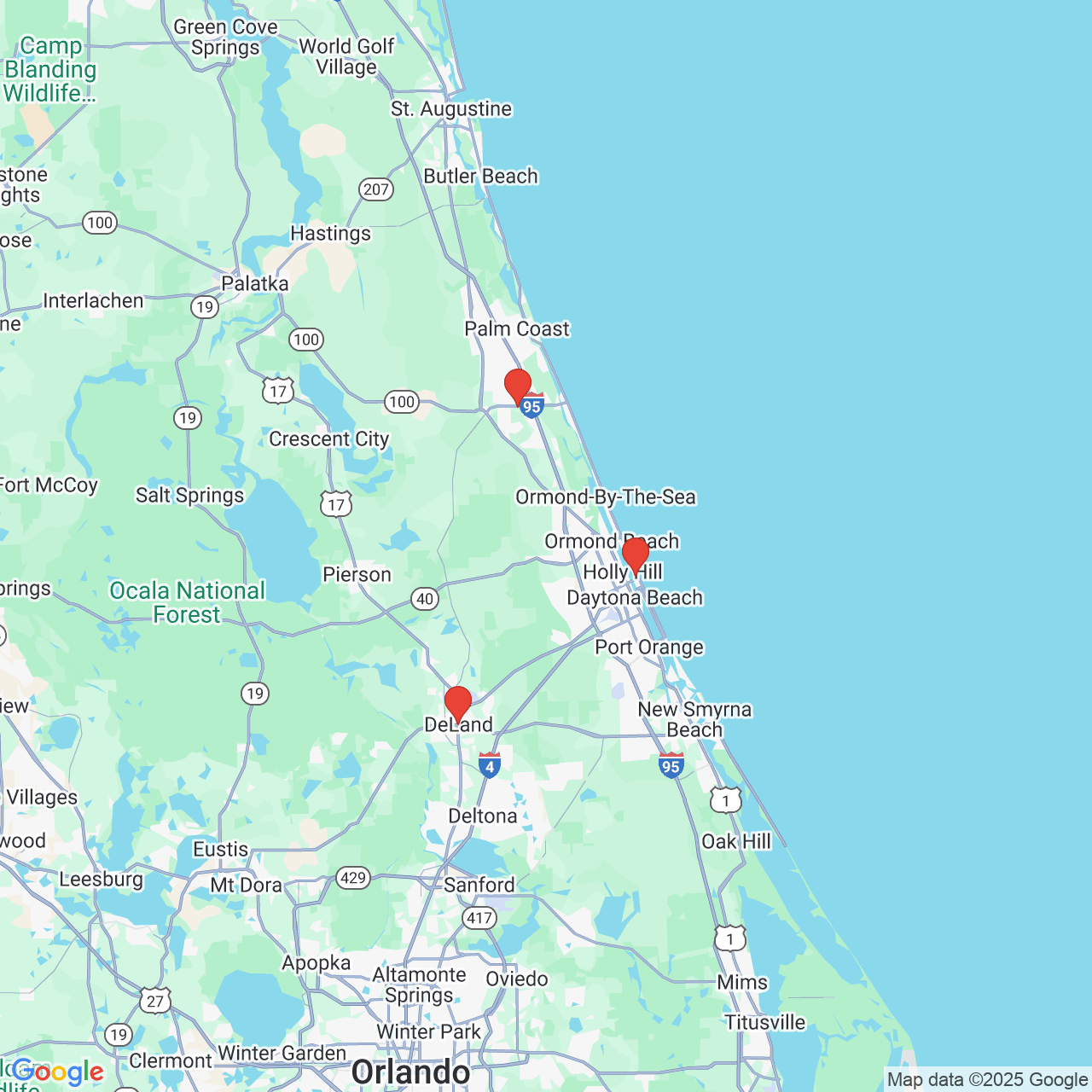Stages of an Injury Lawsuit: Trial
 The lawyers of Chanfrau & Chanfrau have helped countless clients in and around the Daytona Beach area, providing expert legal counsel during personal injury lawsuits and other kinds of legal claims.
The lawyers of Chanfrau & Chanfrau have helped countless clients in and around the Daytona Beach area, providing expert legal counsel during personal injury lawsuits and other kinds of legal claims.
We've been examining the various stages of the legal process over the last few posts, and we now want to look at what happens if your case goes to trial. Trials themselves are broken into different phases, so let's identify what these are and what takes place during these phases.
Jury Selection
Jury selection is the first step in most trials (except those tried before a judge only). During the jury selection process, the judge and attorneys will question the pool of potential jurors regarding pertinent matters of the case. This could include opinions and life experiences that provide an insight into you ideology.
The attorneys will attempt to pick people who may be sympathetic to their case while also excluding jurors who may be biased or unable to be objective. Attorneys can dismiss a certain number of jurors for any reason ("peremptory challenges") or because of a juror cannot be objective ("challenges for cause").
Opening Statements by Attorneys
When a jury is set, the trial can proceed. This process begins with opening statements by the plaintiff's attorney and the defendant's attorney, and often in that order. The plaintiff's attorney will generally state what he or she is trying to prove with regard to the actions of the defendant. The defendant's attorney will then present his or her interpretation of the case and the evidence, stating a case that rebuts that of the plaintiff's attorney.
If there are more than two parties involved, there may be more opening statements made.
Witness Testimony and Cross-Examination
Also known as the "case-in-chief," the witness testimony and cross-examination process is the part of a trial that most people are familiar with thanks to pop culture.
The plaintiff's side will go first, introducing evidence and presenting it to the jury. Various witnesses and experts will be sworn in and testify under oath (i.e., they vow to tell the truth). The plaintiff's attorney will then ask the witness questions (direct examination). The defendant's attorney will have an opportunity to cross-examine the witness, trying to poke holes in the testimony and cast doubt on certain elements of what has been said. The plaintiff's attorney will have a final opportunity to ask the witness questions for clarification in order to address any doubts or holes the defendant's attorney may have made (re-direct examination).
After the plaintiff's attorney rests its case, the defendant's attorney can then present his or her case. Evidence, witnesses, and experts are introduced to refute the case made by the plaintiff's side. The process of direct examination, cross-examination, and re-direct examination continues until the plaintiff's side rests.
Closing Arguments by Attorneys
The closing arguments allow the plaintiff's side and the defendant's sides to make a final case for their arguments. The attorneys make their statements separately (typically plaintiff first, then defendant), emphasizing certain evidence and testimony, and providing a summary of their argument to persuade the jury of the strength of their case.
Jury Instruction by the Judge
After the attorneys have concluded, the judge will provide the jury with a set of legal standards to determine if the defendant should be held accountable for the incident. Outlining certain legal considerations for the case will help the jurors make sound decisions based on what they have heard.
Jury Deliberation
At this point, the case is now with the jury, who will discuss the evidence and argument during this deliberation phase. The jury alone is privy to this conversation and exchange. Sometimes the jury may request to see evidence again or go over witness testimony from the court transcript. Whether this lasts for a few hours or a few weeks, this is a crucial period in the trial, with the jury determining if the defendant is accountable and what damages might be awarded.
The Case Verdict
Once the jury has reached a decision, they convene in court again with all parties assembled so the verdict of the case can be read. If a unanimous verdict of liability or non-liability cannot be reached, the jury may be hung (i.e., split decision). In such cases, the judge may declare a mistrial, which means that the entire trial process can begin again with a new jury to hear the case.
Contact the Lawyers of Chanfrau & Chanfrau
For more information about your legal options, be sure to contact the lawyers at our law firm today. The lawyers of Chanfrau & Chanfrau will help you every step of the way, offering strong counsel and peace of mind.



